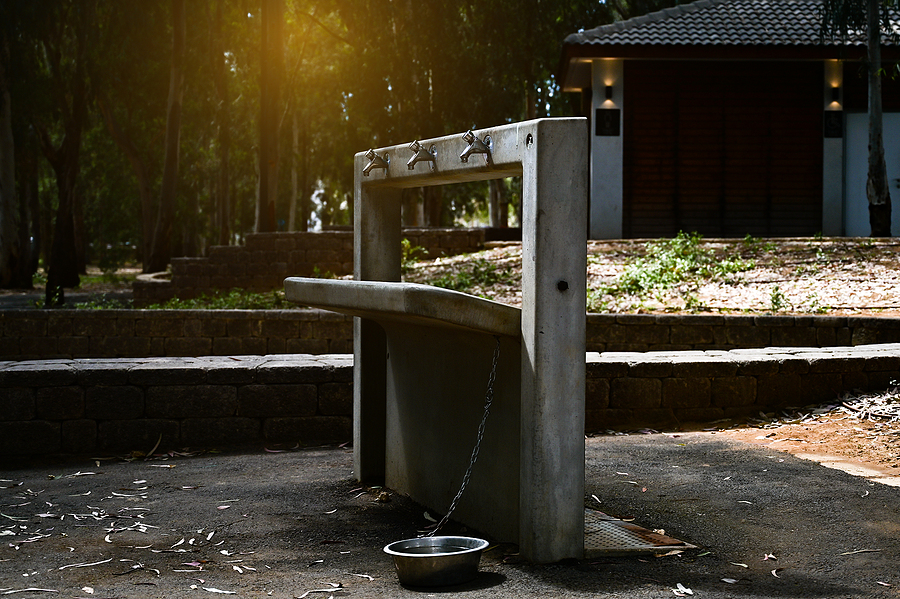Amidst efforts to remind owners to keep their pets cool and hydrated in the summer, it is equally important to educate them about the risks of water contamination.
In a report by Texas A&M Today, Lori M. Teller, DVM, DABVP (canine/feline), CVJ, clinical professor at the Texas A&M School of Veterinary Medicine and Biomedical Sciences, shares the potential risks of letting dogs drink from public water sources.
“This is of particular concern if the bowl is not cleaned regularly or if the water is left standing for extended periods of time,” says Dr. Teller. “Stagnant water can retain environmental contaminants, such as plant material, parasites, toxins, mold, and more. Dogs that have stepped in fecal matter and then played in the bowl could leave parasites and bacteria in the water.”
Teller adds diseases, such as kennel cough, canine papilloma, Salmonella, Giardia, E.coli, and leptospirosis, can be transmitted from these public water stations.
“Ideally, owners would carry a collapsible, portable bowl and some fresh water with them to give to their dog,” Teller says, adding clients could alternatively stop at an establishment to request a cup of water for their pet. Further, if the dog is at risk of dehydration, “then that may take precedence over avoiding the water in the bowl.”
For more information, visit the Texas A&M Today website.

